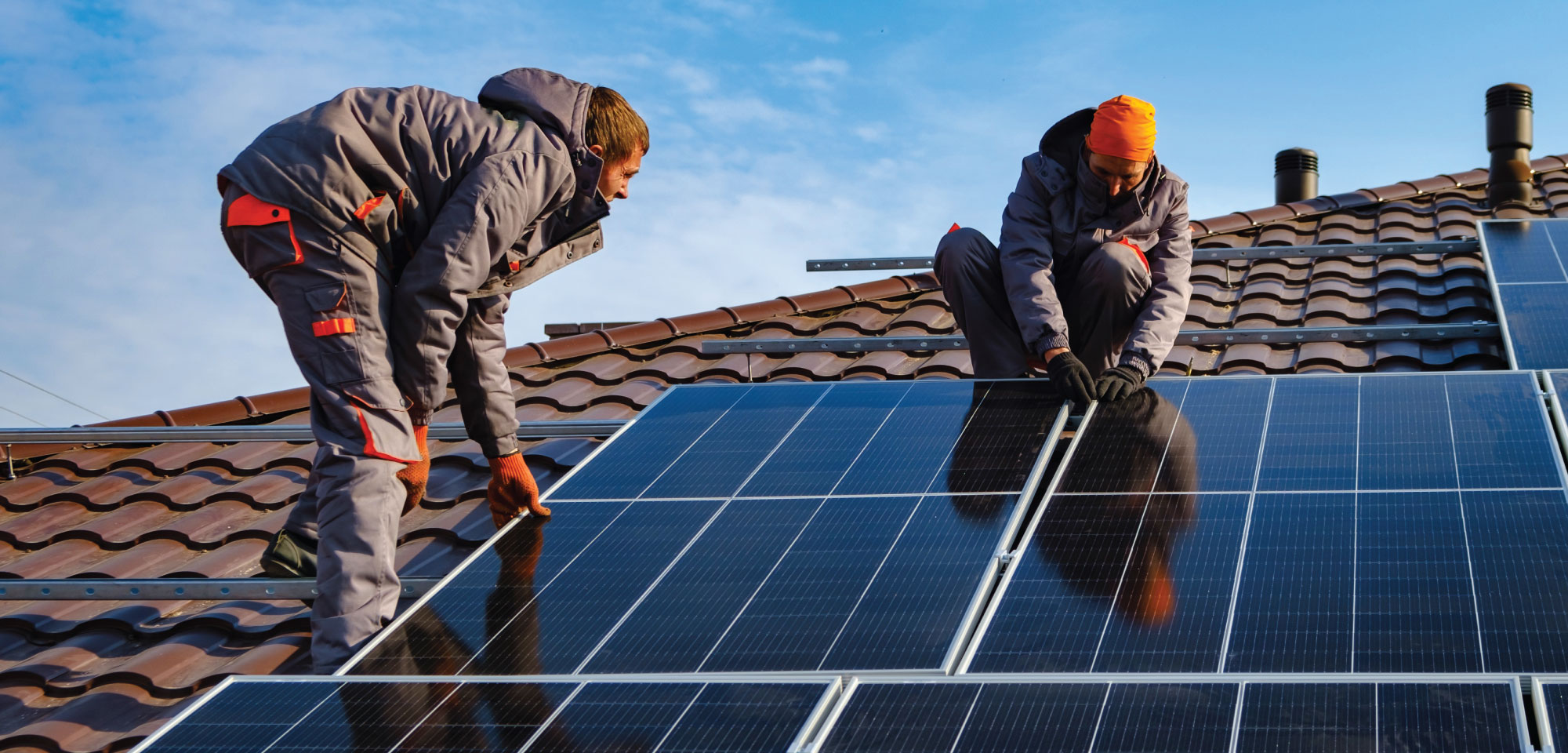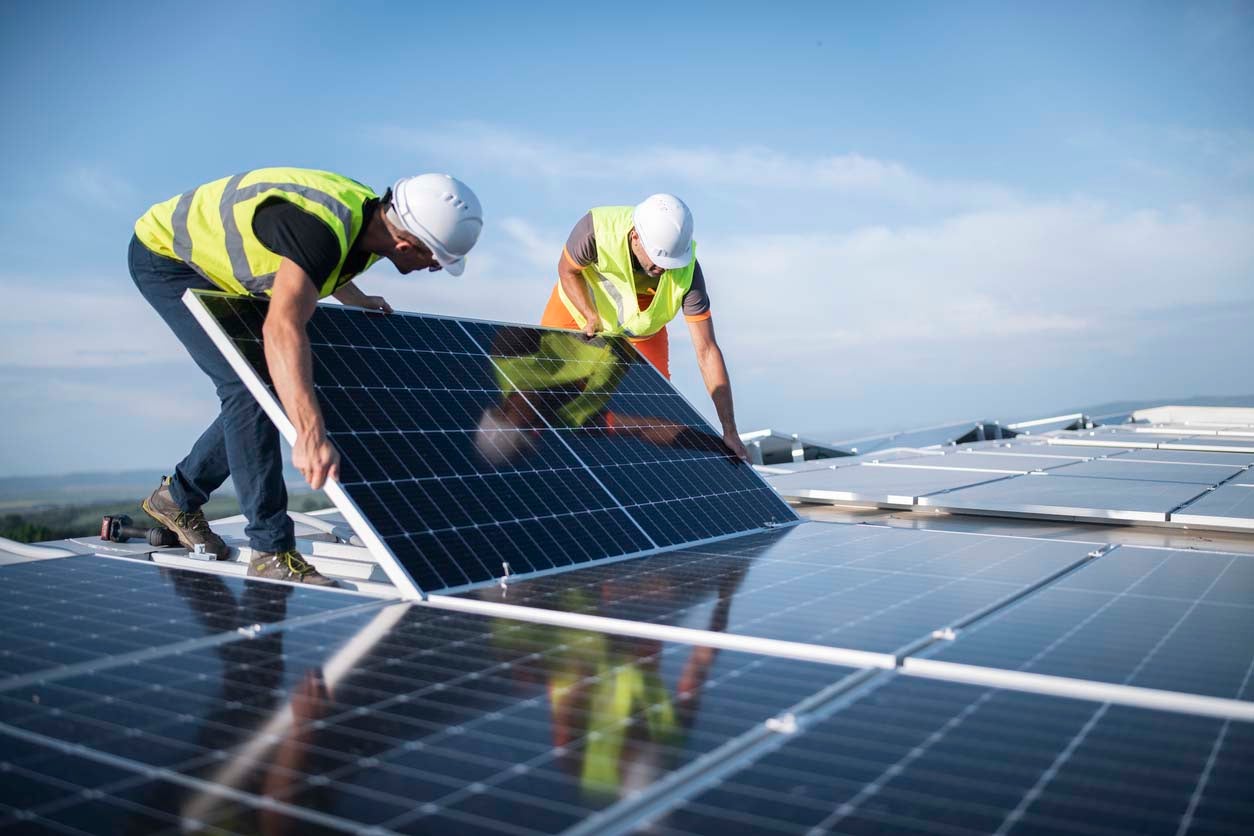Solar Roof Installation Virginia: Lumina Solar Focuses On Supplying Advanced Photovoltaic Solutions For Residences And Businesses
History and Founding
Have you ever wondered how a solar panel company springs from a simple spark of inspiration into a powerhouse of renewable resource? It often begins with a vision-- one sustained by a mix of development, decision, and a pinch of serendipity. The journey of many solar companies mirrors the evolution of the technology itself: from bulky, ineffective panels to streamlined, high-efficiency marvels utilizing the sun's bounty.
The Early Days
In the late 20th century, when solar energy was still a specific niche principle, pioneers planted seeds for what would become an international movement. Envision a little workshop filled with curious engineers, relentlessly try out solar batteries. Their passion was palpable, typically driven by a desire to combat climate change and decrease reliance on nonrenewable fuel sources.
One such anecdote is about a founder who, inspired by a camping trip, understood that even in remote here locations, the sun could power important devices. This basic observation stimulated a company's objective to equalize access to tidy energy.
Establishing Principles

- Innovation: Continually pressing the limits of solar innovation to enhance efficiency and durability.
- Sustainability: Devoting to environmentally friendly production and decreasing carbon footprints.
- Availability: Making renewable resource solutions budget-friendly and practical for everyday users.
Turning points in Development
| Year | Key Event |
|---|---|
| 1985 | Company established in a small garage, focusing on research study and advancement. |
| 1995 | First commercial solar panel item released, acquiring regional attention. |
| 2005 | Broadened to international markets, accepting international renewable resource goals. |
| 2015 | Presented advanced solar panel technology with boosted energy conversion. |
Isn't it remarkable how these incremental steps, often ignored, shape the energy landscape today? The solar panel company story is not almost innovation; it's about a relentless mission for a brighter, cleaner future.

Innovations in Solar Panel Technologies
Ever observed how some photovoltaic panels gleam brighter and last longer? It's not magic; it's the science of photovoltaic efficiency. Modern photovoltaic panel business invest greatly in innovations like bifacial cells, which capture sunlight from both sides, improving energy harvest without expanding roof area. Have you ever wondered why some panels carry out better on cloudy days? That is because of advances in thin-film solar innovation, which grows under diffused light conditions.
Item Variations Customized to Unique Requirements
One size never ever fits all. Photovoltaic panel service providers now use:
- Monocrystalline panels for maximum performance and streamlined visual appeals, perfect for space-constrained roofs.
- Polycrystalline panels, which use a cost-efficient option without sacrificing excessive output.
- Building-integrated photovoltaics (BIPV), combining solar tech flawlessly into architectural elements like windows and facades.
Choosing the right product isn't almost in advance cost; it's about matching your environment, energy objectives, and long-term savings. Homes shaded by trees need panels that excel in low-light scenarios, something many ignore up until energy expenses climb up suddenly.
Technical Tips for Ideal Selection
- Evaluate the temperature level coefficient-- lower values suggest panels lose less efficiency on hot days.
- Try to find panels with improved anti-reflective finishings to maximize light absorption.
- Think about the panel's warranty not simply for flaws, but for ensured power output over decades.
- Don't underestimate the importance of the inverter technology coupled with the panels; it can make or break your system's performance.
Beyond Panels: Emerging Patterns
Picture photovoltaic panels that adjust their angle immediately to chase the sun-- tracking systems are becoming more available, increasing yield considerably. Or solar tiles that mix invisibly into your roofline, transforming your home into a silent, self-dependent power generator. These innovations are improving what a solar panel company provides-- not just products, but integrated energy options.
Market Existence and Global Operations
Ever wonder why some photovoltaic panel business seem to sprout up in every corner of the world while others hardly make a ripple? The distinction lies not simply in technology but in mastering the art of browsing varied markets. Broadening globally resembles planting seeds in various environments-- you should comprehend each environment's special conditions to prosper.
Take, for example, the elaborate dance of logistics and supply chain management. Shipping panels midway across the world isn't practically range; it's about timing, custom-mades, tariffs, and adjusting to local demand fluctuations. A company with robust international operations anticipates these variables, making sure panels show up on schedule without inflating costs. This insight is no little accomplishment and often separates industry leaders from fans.
Secret Techniques for Expanding Market Presence
- Localized manufacturing: Developing production centers near target audience lowers shipping delays and import complexities.
- Strategic partnerships: Working together with local companies speeds up market penetration and constructs trust.
- Adaptive item style: Tailoring photovoltaic panel tech to weather, sun strength, and facilities nuances improves efficiency and acceptance.
What about the human factor? Photovoltaic panel business operating globally must fix up cultural differences and regulative subtleties without losing sight of their core objective. For example, what operate in a sun-drenched desert may fail in a damp seaside region. In some cases, the most ingenious option is just listening-- absorbing local insights to improve innovation and method.
Specialists frequently encourage a phased rollout instead of a shotgun expansion. Why risk overextension when measured growth builds sustainable momentum? Scaling carefully indicates balancing aspiration with functional durability - Solar Panel Company. In the race for sustainable energy supremacy, persistence can be as important as speed.
Environmental Effect and Sustainability Practices
When solar panels first emerged, numerous assumed they carried absolutely no ecological luggage. The reality is more nuanced. The production of photovoltaic cells involves rare earth metals and energy-intensive processes, which can leave a sizable carbon footprint before the panels even reach rooftops. Yet, the true environmental cost depends greatly on the sustainability practices used by the solar panel business throughout the lifecycle of their items.
How typically do we stop briefly to consider what happens to photovoltaic panels at the end of their helpful life? Unlike batteries or electronics, photovoltaic panels can last 25-30 years, however disposal and recycling pathways remain underdeveloped in many areas. A business committed to lowering environmental damage will have a robust prepare for recycling photovoltaic products, restoring valuable silicon, glass, and metals to prevent landfill build-up.
Key Sustainability Techniques
- Making use of low-impact manufacturing strategies that reduce water and energy consumption.
- Executing closed-loop systems to recycle production waste back into new panels.
- Participating in transparent supply chain audits to make sure ethical sourcing of basic materials.
- Creating panels for much easier disassembly to assist future recycling efforts.
It deserves keeping in mind that some solar companies have pioneered innovative techniques, such as incorporating biodegradable components or utilizing less harmful chemicals during fabrication. This not just minimizes environmental pressure however also sets a precedent for the industry. The concern remains: can the solar market genuinely pivot towards a circular economy design without compromising effectiveness or cost?
Specialist Tips for Assessing Sustainability
- Ask about the company's dedication to carbon-neutral manufacturing and whether they balance out emissions.
- Investigate if they partner with certified recycling facilities devoted to photovoltaic panel waste.
- Search for openness reports detailing ecological effects and sustainability goals.
- Consider the longevity and warranty of panels as an indirect measure of resource performance.
In the end, choosing solar power ought to mean more than just slashing electrical energy costs; it has to do with supporting a future where energy is collected responsibly and waste is attentively handled. Photovoltaic panel companies that embrace this approach not just illuminate homes but also cast a brighter light on sustainable innovation.